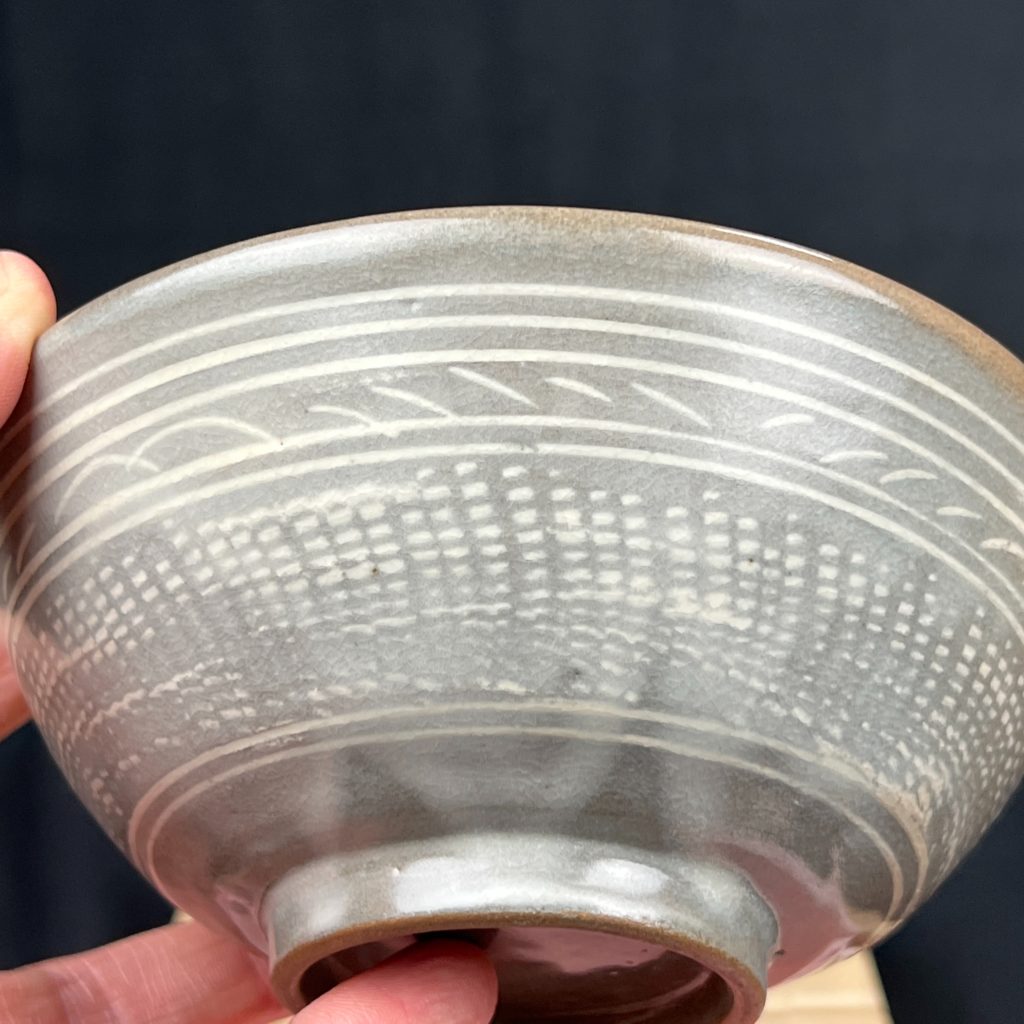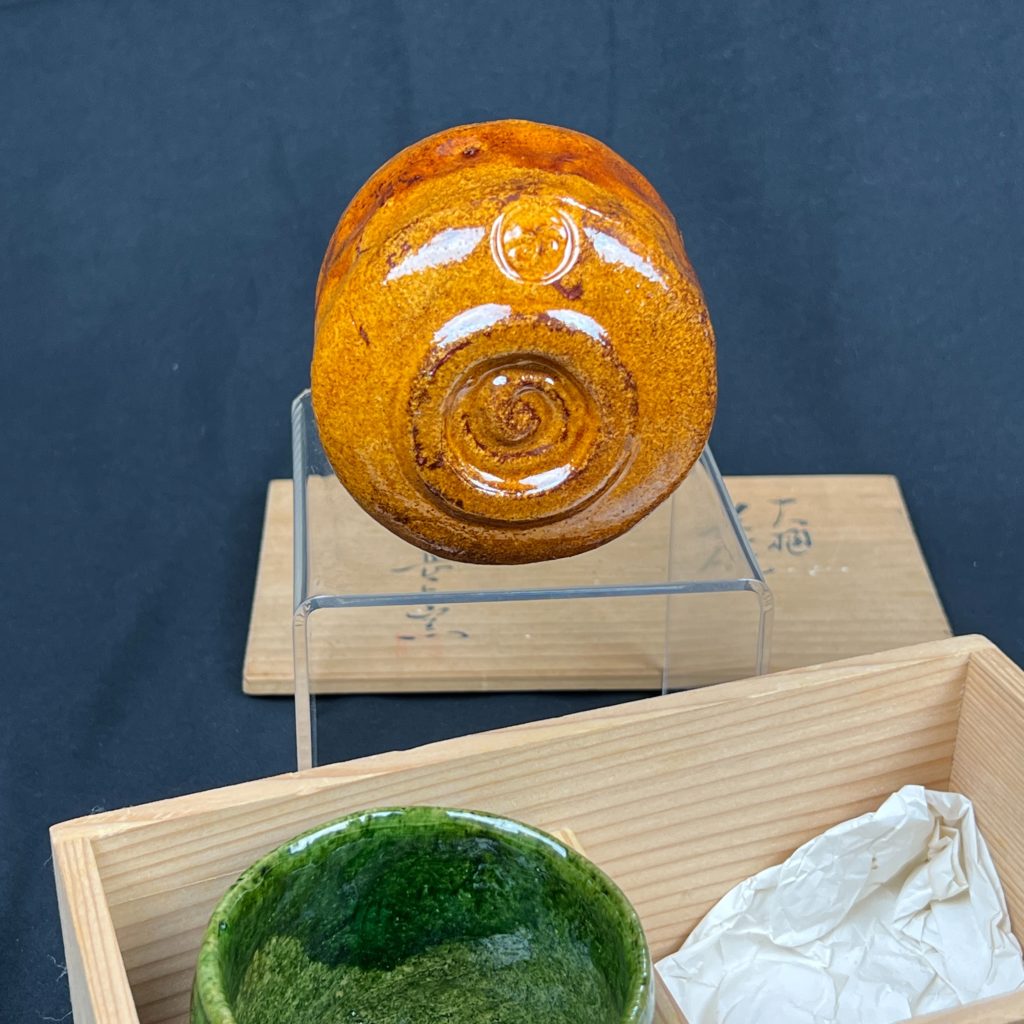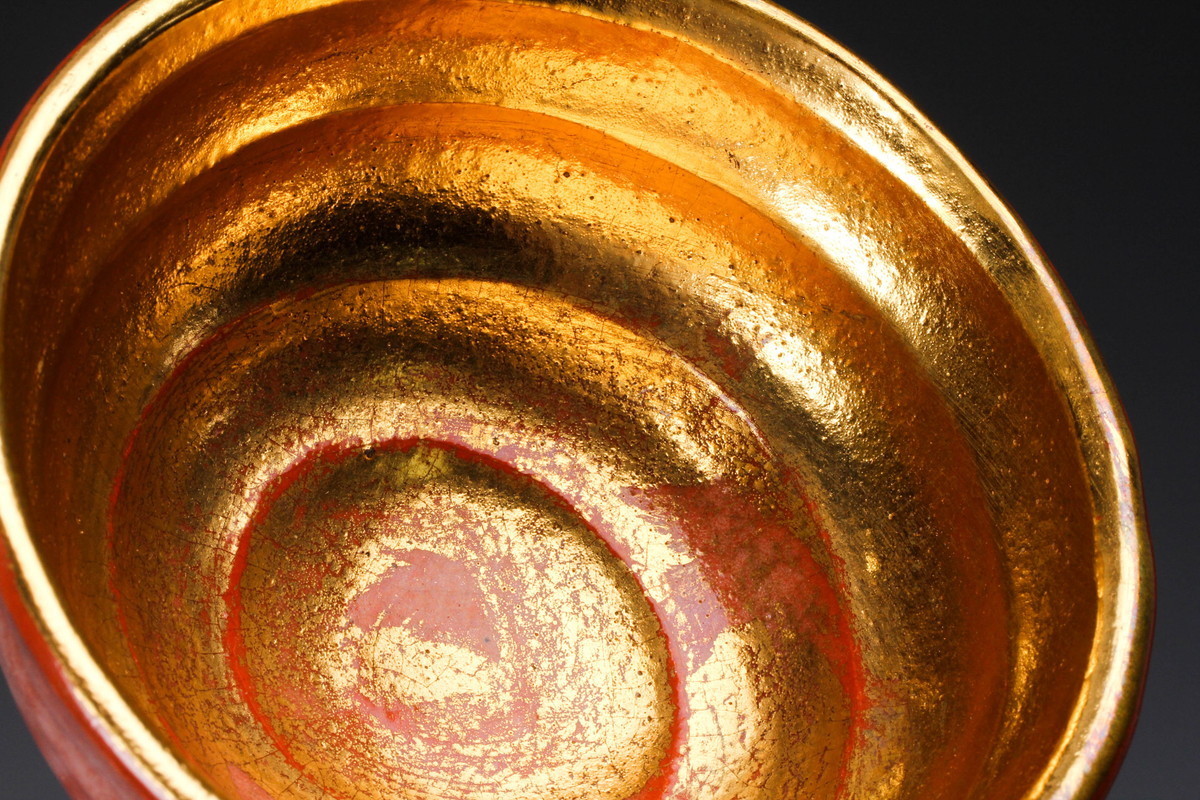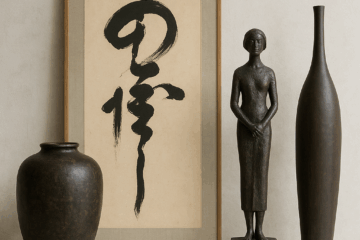Raku, also called rakuyaki in Japanese, is a glazing technique used in Japan since the 16th century. This tradition has been perpetuated to this day in Japan and by many Western ceramicists.
The Raku technique is a low-temperature firing process coupled with an innovative glazing technique requiring thermal shock .

After turning and shaping a piece, the pottery is slowly dried over several days or weeks and then fired for the first time in a kiln, usually a traditional one at around 980°C , thus creating a "biscuit".
The ceramic is then covered with enamel and fired a second time in a raku kiln at 1000°C for 1 to 1.5 hours.
At the end of the cooking process, the incandescent pieces are removed from the oven while still cooking and then covered with natural flammable materials such as sawdust or paper which, when burning, will bring about the desired reduction during a covered smoking phase .
After cooling, the ceramics are cleaned to reveal the cracks and color variations inherent to the metallic oxides used.

The video below (in French) is edited by a French ceramicist but
You can also find all the raku ceramics currently for sale in the gallery.




